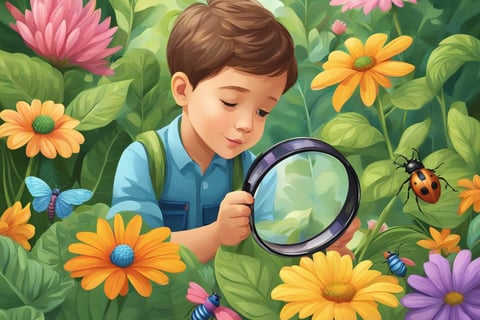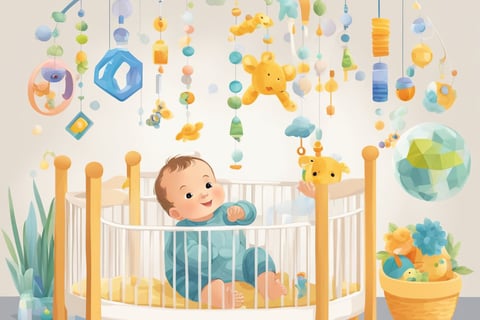From Infant to Scientist: The Power of Sensory Exploration in Learning
Explore how infants use senses to learn & how early sensory experiences lay the foundation for scientific understanding. Discover key milestones.
SCIENCESCIENCE TODDLERS
11/22/20242 min read
Sensory Exploration in Science: Advancing Insightful Discoveries
Exploration of the world through sensory experience offers a profound insight into scientific inquiry. Each of the senses provides a unique perspective that enhances understanding and appreciation of the environment. Investigating how sensory experiences contribute to scientific knowledge reveals the intricate ways humans interact with and interpret the world around them.
Science benefits from sensory exploration, as it enriches data collection and observation processes. Engaging multiple senses can lead to discoveries that might go unnoticed through conventional methods. This sensory engagement allows individuals to gain a deeper comprehension of scientific phenomena.
Consider the ways in which visual, auditory, tactile, and even olfactory experiences contribute to scientific experiments and investigations. Harnessing the power of the senses can transform how science is taught and practiced, offering fresh opportunities for innovation and discovery.
Infancy Period Forms Basis For Early Scientific Understanding
Infants are natural explorers. From the moment they are born, they engage with their environment using their senses. Visual and auditory stimuli capture their attention, and they respond to sounds and images, forming the foundation for their interactions with the world.
Touch and Texture: Infants use their hands to feel and understand different textures. This tactile exploration supports their early cognitive development by helping them recognize and categorize objects.
Taste and Smell: Babies often put things in their mouths. This behavior is not just curiosity. It plays a crucial role in sensory learning, allowing them to identify and differentiate between safe and unsafe objects.
Key Sensory Interactions:
Vision: Bright colors and contrasting patterns stimulate visual engagement.
Hearing: Familiar voices and soothing music aid in recognition and comfort.
Motor Skills: Reaching and grasping are essential for coordination.
Parents and caregivers play a vital role in fostering this exploration. Providing a safe environment with varied stimuli encourages infants to explore boldly and confidently.
Significance:
Such early interactions set the groundwork for scientific inquiry. Each sensation an infant experiences adds layers to their growing knowledge, enabling them to understand more complex concepts as they mature.
Table of Early Sensory Milestones:
These milestones are integral in building a child's capacity to process information, analyze situations, and solve problems.






Explore
Discover engaging educational toys and learning tools.
Contact Us
thescholarlysandbox@outlook.com
© 2025. All rights reserved.
Affiliate disclosure: As an Amazon Associate, we may earn commissions from qualifying purchases from Amazon.com.
